The Southwest is a famous land with hundreds of unique, rich and diverse traditional cakes. Whether the cake is associated with Tet, death anniversaries or daily snacks, each cake has its own meaning. Among those cakes, it seems that banh gio is the cake that has both the fragrant, refined nuances reserved for New Year's Eve offerings, the 3rd day of the year to introduce; but also familiar, rustic, used to wrap sticky rice or make skin for candy.
In the West, there are two types of rice paper. One is salty, made from tapioca starch, wheat flour and shrimp meat. The other is sweet, made from sticky rice (or cassava), sugar, coconut milk and some other products depending on the locality. There is no confirmation about when rice paper originated, but many elders believe that sweet rice paper probably came first and salty rice paper is a later variation.
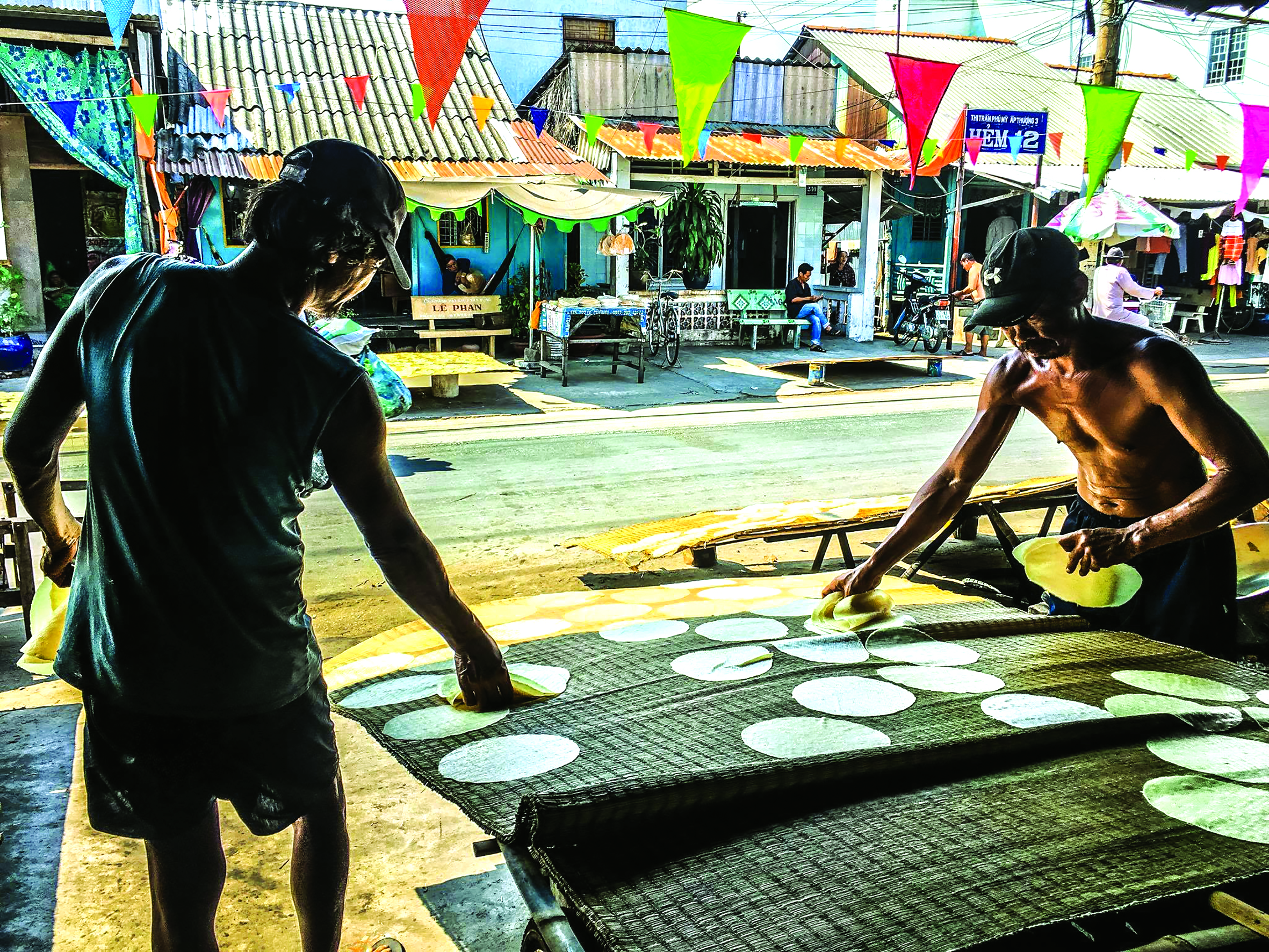
Drying rice paper at Phu My rice paper craft village (Phu Tan district, An Giang province). Photo: PHUONG HUYNH
Like the custom of making banh chung and banh giay on Tet holiday of the Northern people, the Southern people also have their own Tet cakes. During the process of settling and opening up new lands, making a living on new lands was a difficult and challenging process. That is why food and cereals are considered extremely precious and sacred. There is a folk song saying: "Oh, whoever holds a full bowl of rice/Each grain is fragrant and bitter in many ways". With that meaning, after each crop season, our ancestors used the food harvested in their fields to process into rustic dishes to express their gratitude to their ancestors. Besides banh tet and banh u, banh gio also originated from this consciousness of river agriculture.
The Cu Lao Phu Tan area (An Giang) has a long tradition of growing sticky rice, and that land produces rice crackers. The Bay Nui area is favorable for growing wild cassava, so it produces rice crackers. The Son Doc area (Ben Tre) is rich in coconuts, and produces coconut crackers containing both wheat flour and sticky rice flour, and especially a very rich coconut flavor... Depending on the natural factors and fruits of each region, the crackers will have different variations, both suitable for the source of raw materials and diverse in form and taste of the residents of each place.
Besides, to make rice paper cake, it requires the cooperation of many households. The house with delicious sticky rice or cassava freshly harvested from the field, the house with palm sugar that has just been cooked, the house with some dried coconut, the house with a bunch of sesame seeds that have just been dried... meets together to make sticky rice into a pot of rice paper cake. At that time, the village gathers around a stone mortar, the young men take turns kneading the dough, the women take turns rolling the rice paper cake. The atmosphere on the days of making rice paper cake is very lively, the village and neighborhood relationship from those occasions of making rice paper cake together becomes closer.
After rolling the cake into a round, flat shape, it will be dried, absorbing the essence of heaven and earth until it dries. Near Tet, people will bake the cake over a fire of straw or coconut leaves. This type of fire burns clear, smokeless and rich, like the fire of the time of land reclamation and land opening. The person baking the cake must be skilled, able to withstand the blazing heat of the fire; knowing how to watch the fire and how to make the cake rise evenly. Because if the fire is too small, the cake will not be turned evenly, and it will be burnt; if the fire is too big, the cake will not be turned in time, and it will be burnt. In the blazing fire that lights up the whole yard, the person baking the cake with nimble hands is no different from a dancer in a space that contains the light of the fire, the sound of the cake rising and the smell of cooked starch... Those things blend together to become vivid memories in the hearts of many people as a highlight during Tet, whenever the wind blows, the heart is eager to remember the rice paper...
The people of the West are straightforward, honest and straightforward, saying what they see and think. The cake that is thick in shape is called "banh ú", the cake that has to be cut into slices with a string is called "banh tet". And the cake that puffs up when baked is called "banh gio". It is this mindset that makes the offerings on the three days of Tet also simple in their way of thinking and wishing. People display a tray of five fruits including custard apple, fig, coconut, papaya, mango with the idea of "pray for enough to spend". And offer "banh gio" with the thought of a prosperous new year, full of good things "puffing up" a lot... However, many elders believe that like the character of the people of the West, it is simple but profound. Banh gio, besides its name "phồng" with the wish for the new year, is a cake containing cereals, absorbed the sun and dew of the earth and sky, created by a whole community imbued with the love of neighbors and baked on a fire full of vitality. These things are considered a whole achievement full of philosophy of life to offer to ancestors.
I remember the years when my family was still poor, when Tet came and we couldn't afford to buy good jam to offer on New Year's Eve or chicken to offer on the 3rd day, my grandfather told us to just use rice paper to offer. This type of cake not only connects the community but also makes the rich and poor of the village less distant from each other. Although he had no money, my grandfather contributed to making the cake, so the villagers gave him a few dozen rice paper cakes. In the village, regardless of rich or poor, if you weren't lazy, you would still have rice paper cakes to offer your ancestors on Tet. With the mindset of praying for "puffiness" and the teachings of our ancestors, "no matter how poor you are, if you work hard, you will have rice paper cakes to eat on Tet", my whole family tried hard to cultivate and work. A year later, in addition to contributing to making the cake, my family was able to contribute more sticky rice, sweet potatoes... And besides the rice paper cakes, there were also cakes and jams for a prosperous and warm Tet.
Like the character of the Western residents, rice paper carries its own unique meanings, closely associated with agricultural life, but whether it is an offering or a snack for children, a cake skin for candy or sticky rice, rice paper still exudes a fragrant and unmistakable aura.
Source


![[Photo] Prime Minister Pham Minh Chinh chairs the regular Government meeting in March](https://vstatic.vietnam.vn/vietnam/resource/IMAGE/2025/4/6/8393ea0517b54f6791237802fe46343b)
![[Photo] Military doctors in the epicenter of Myanmar](https://vstatic.vietnam.vn/vietnam/resource/IMAGE/2025/4/6/fccc76d89b12455c86e813ae7564a0af)
![[Photo] Solemn Hung King's Death Anniversary in France](https://vstatic.vietnam.vn/vietnam/resource/IMAGE/2025/4/6/786a6458bc274de5abe24c2ea3587979)

![[Photo] Vietnamese rescue team shares the loss with people in Myanmar earthquake area](https://vstatic.vietnam.vn/vietnam/resource/IMAGE/2025/4/6/ae4b9ffa12e14861b77db38293ba1c1d)
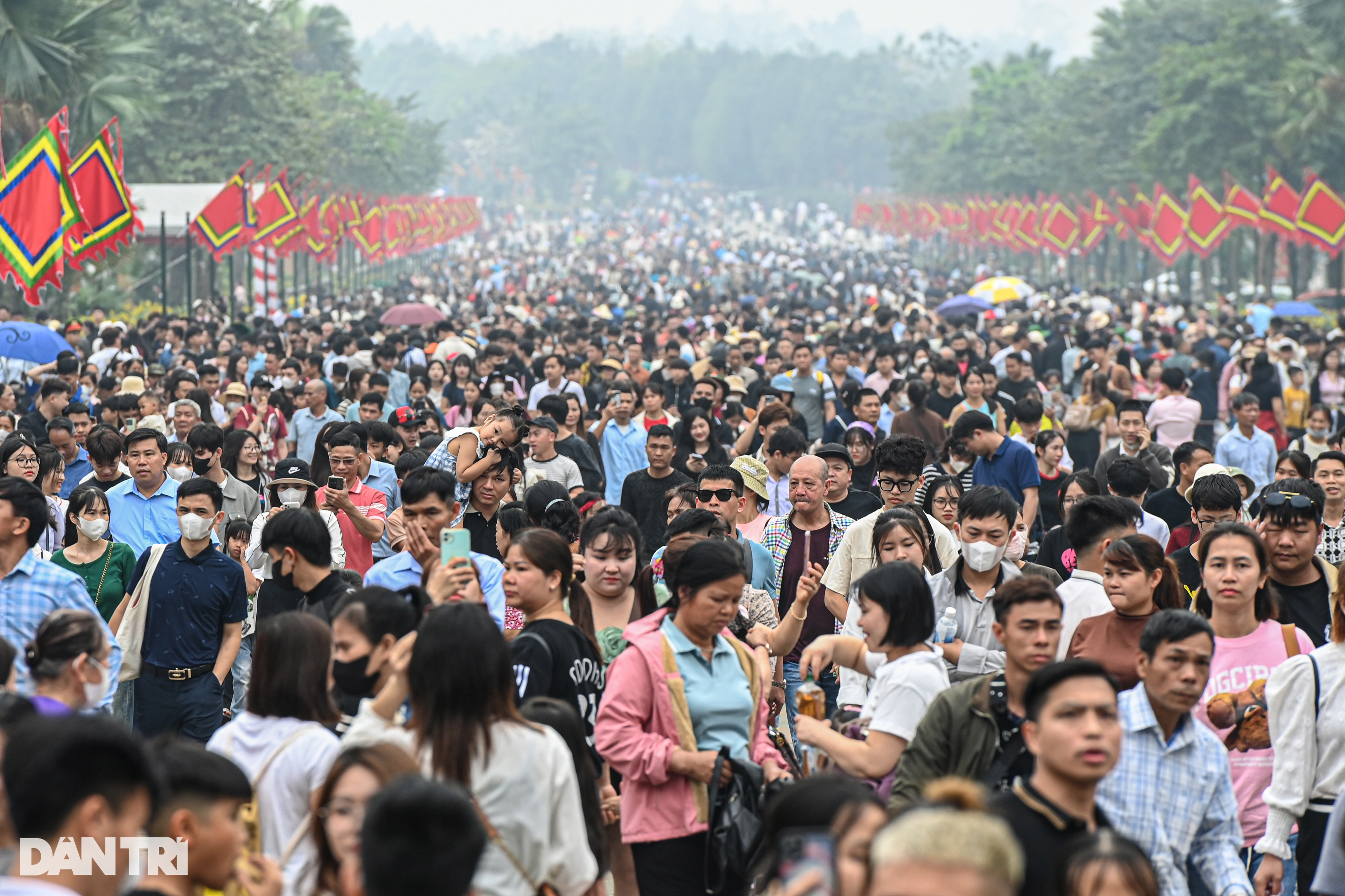
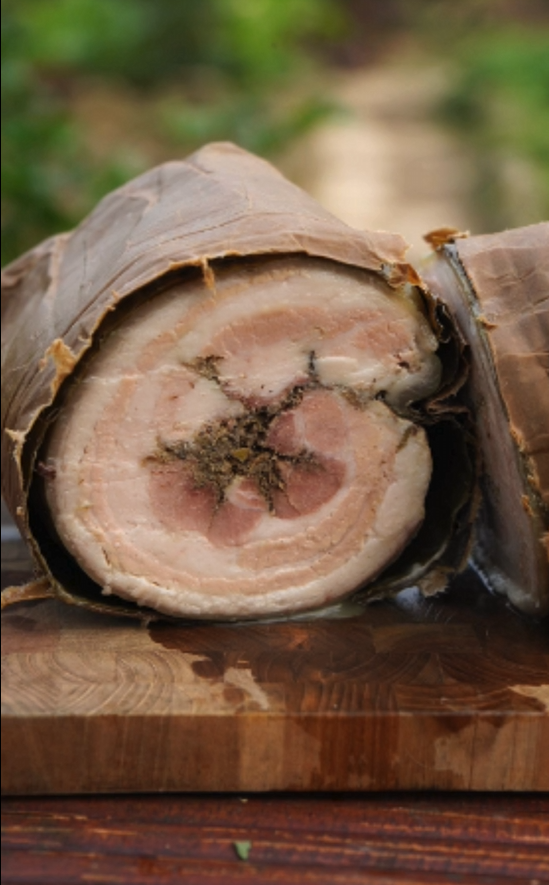
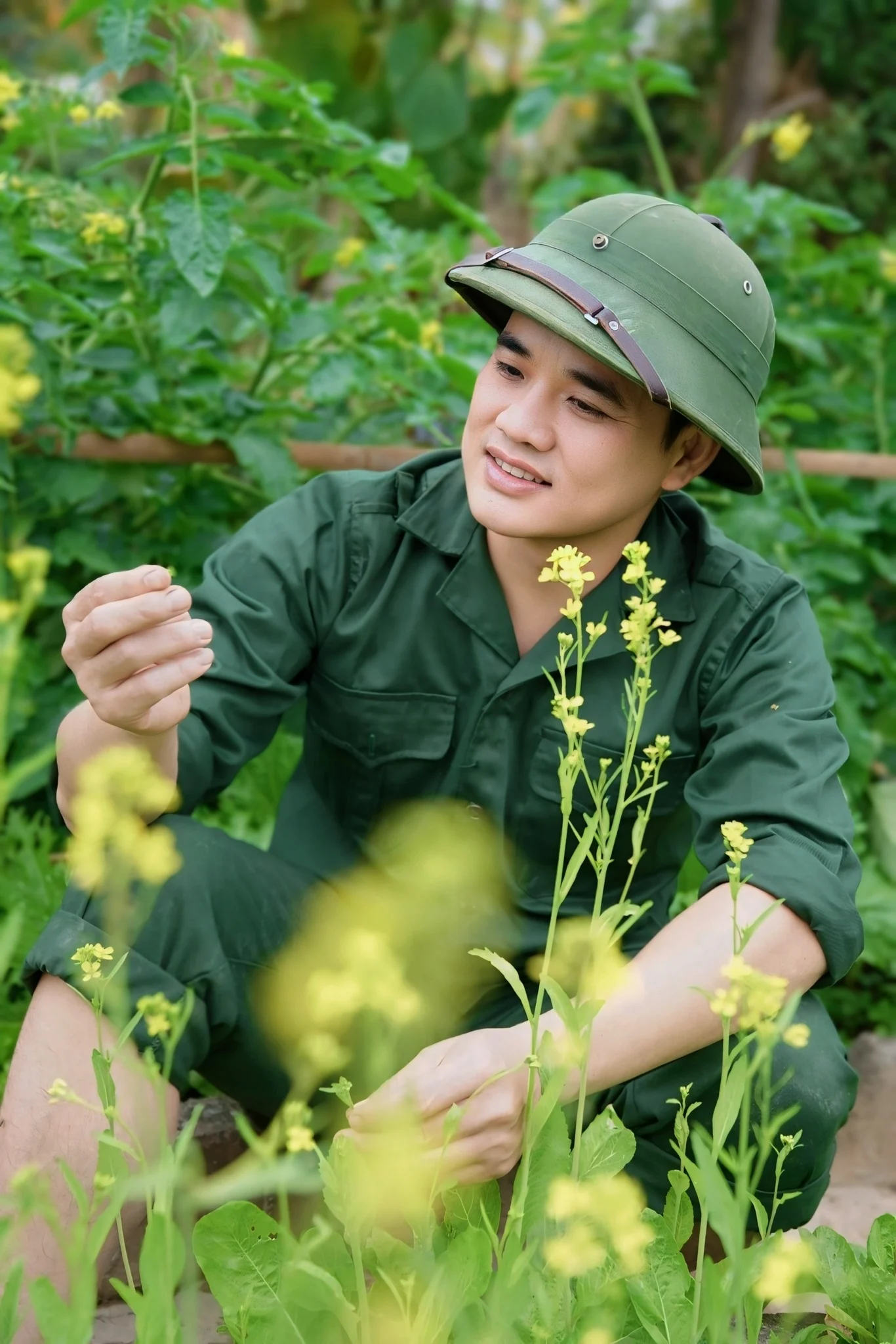
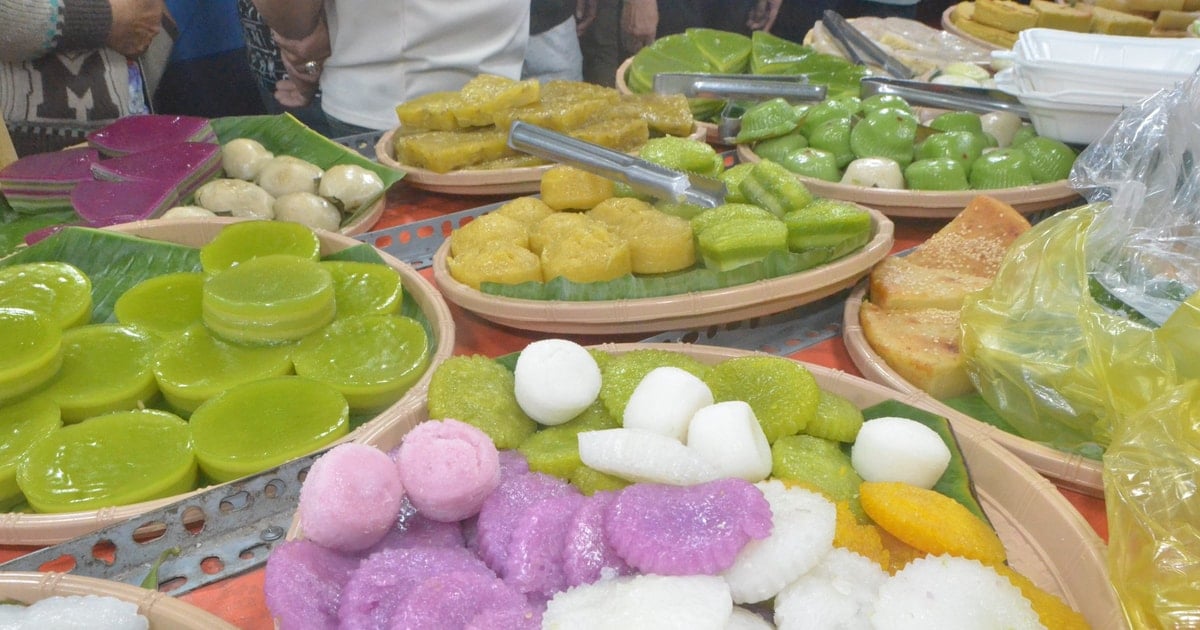



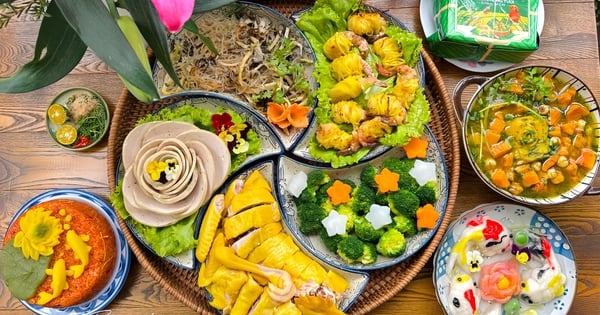
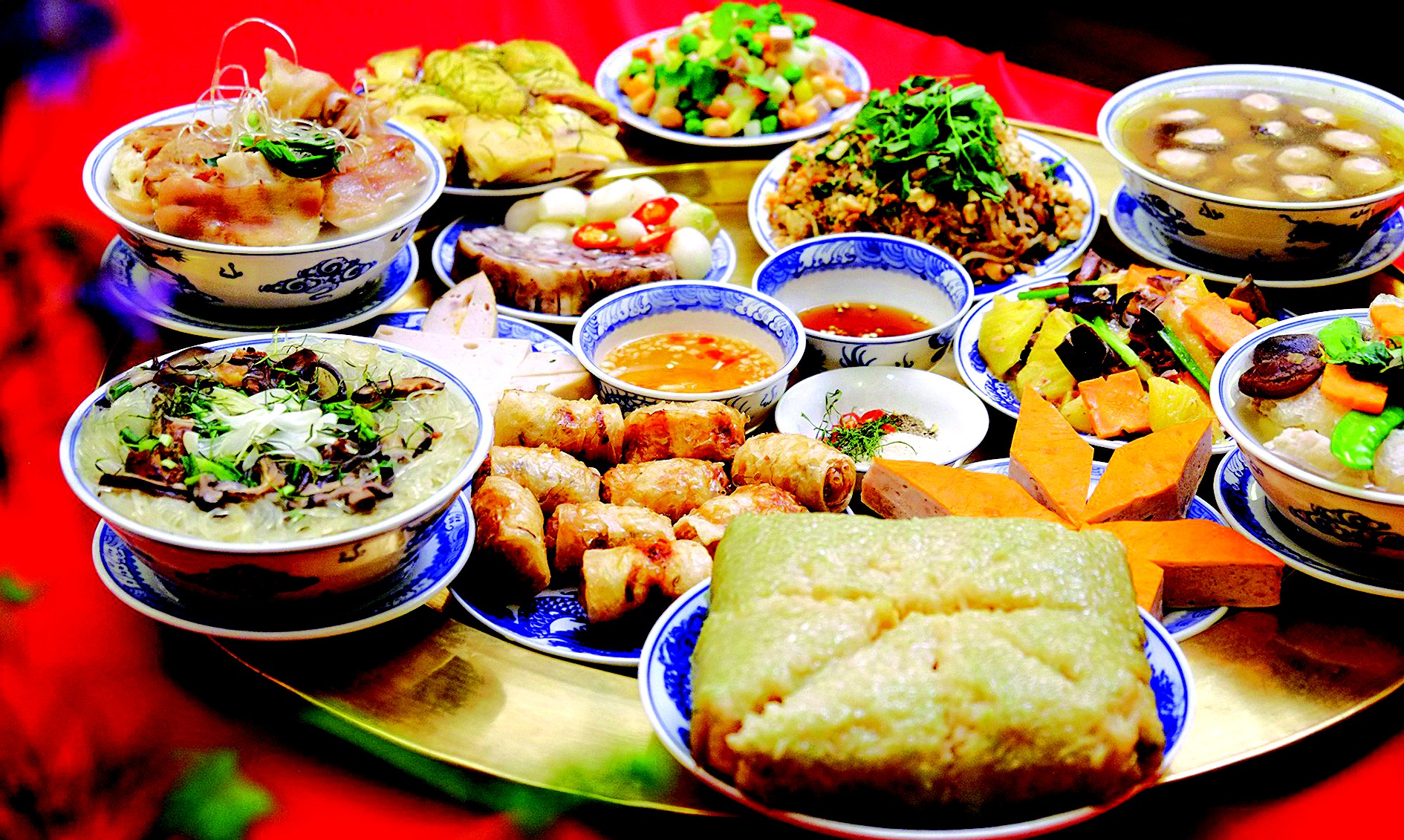

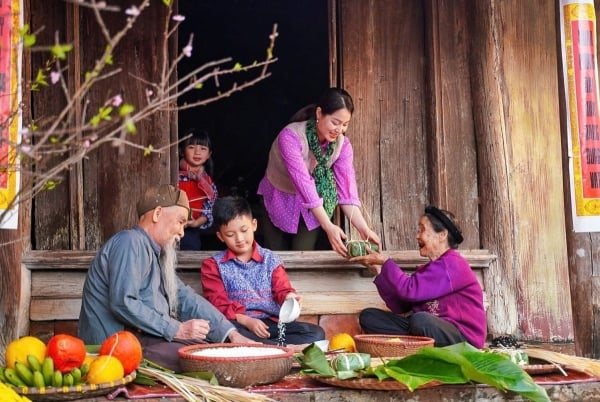






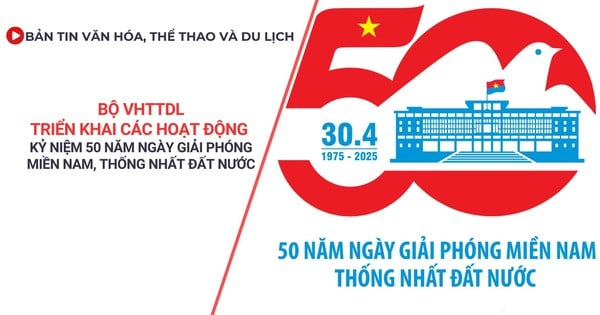

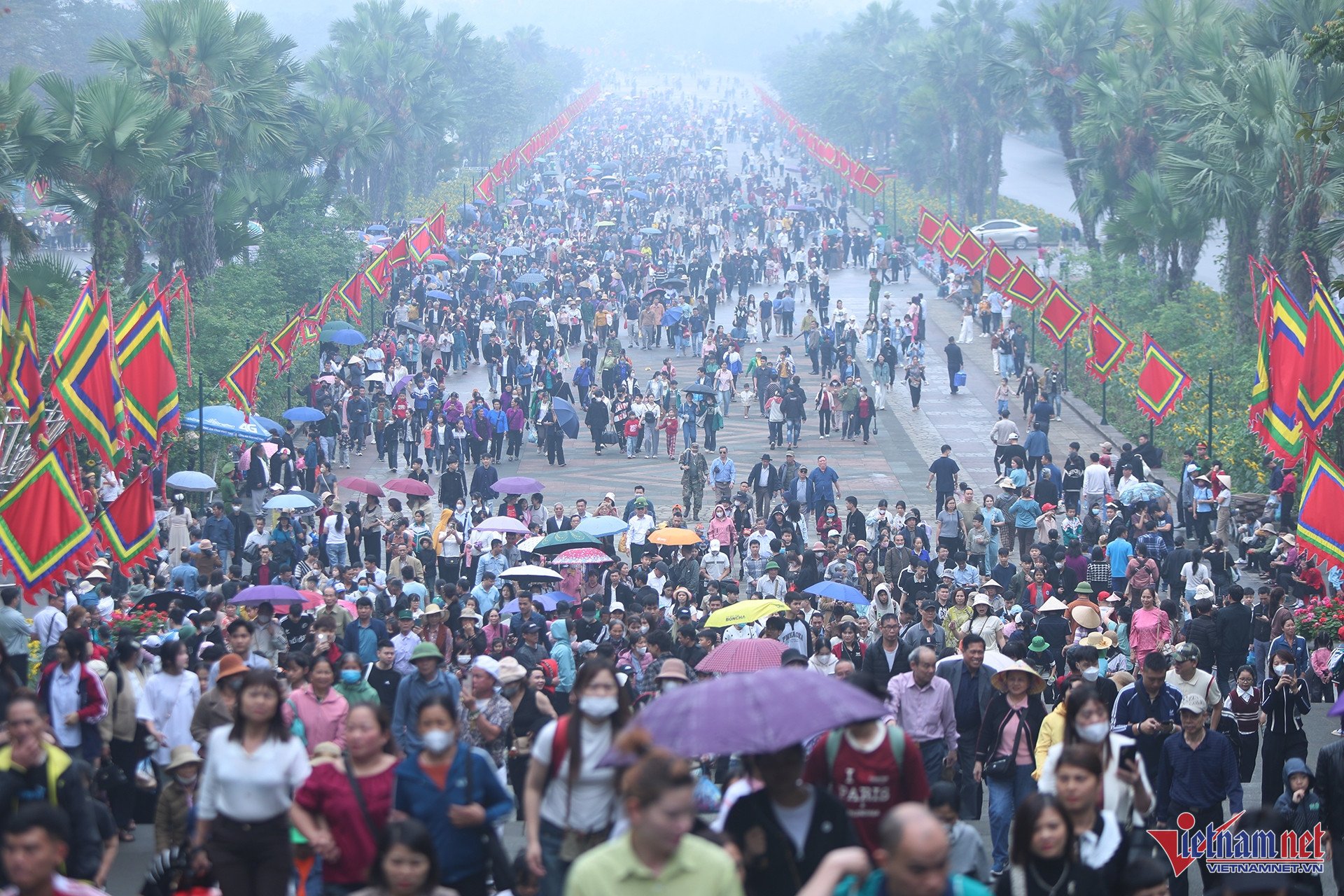

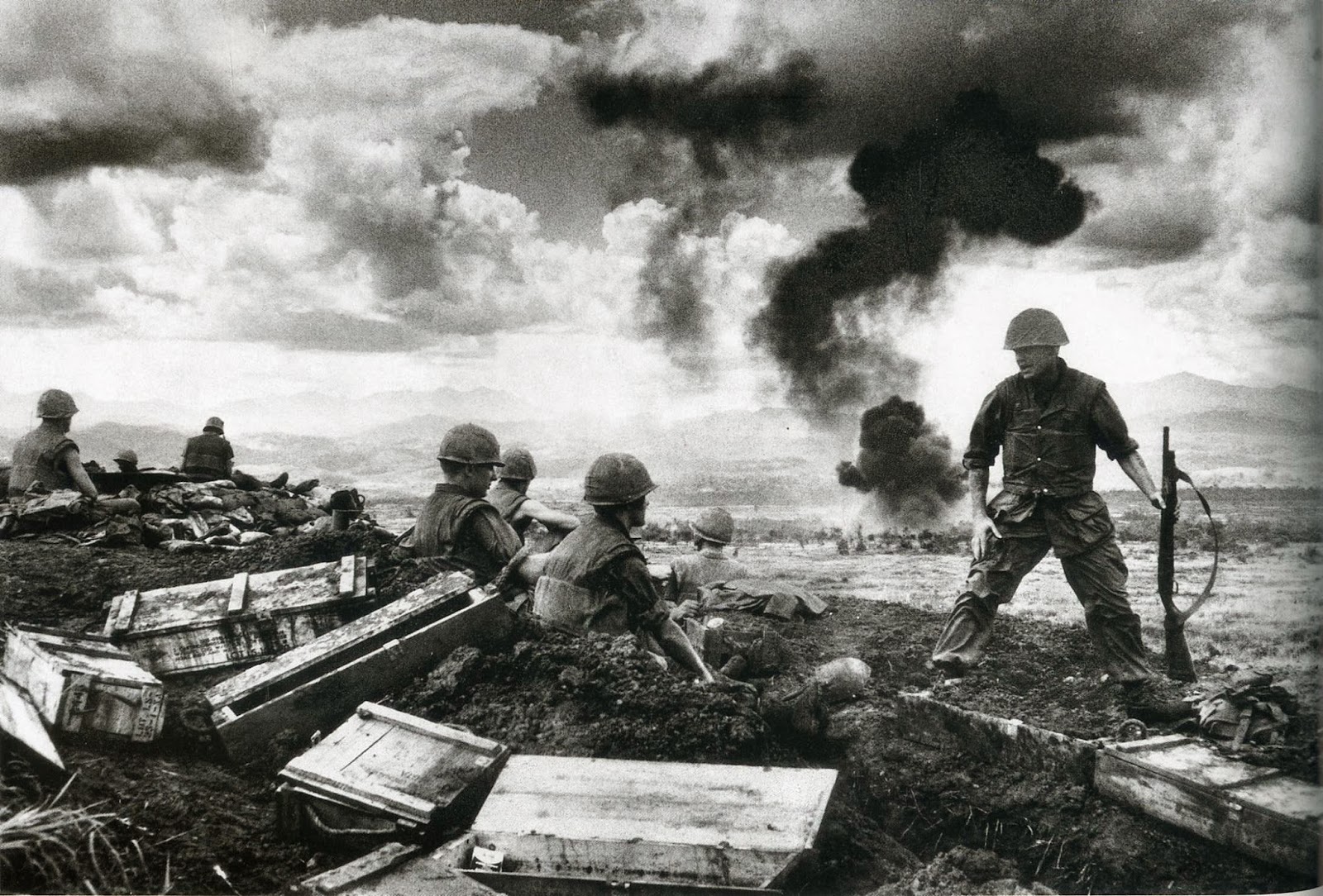
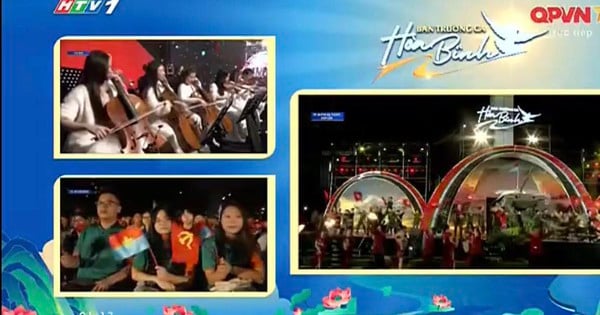







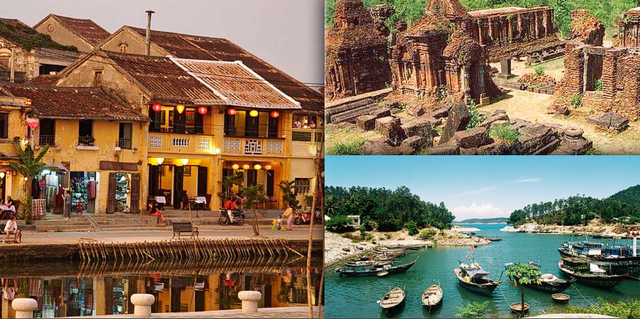

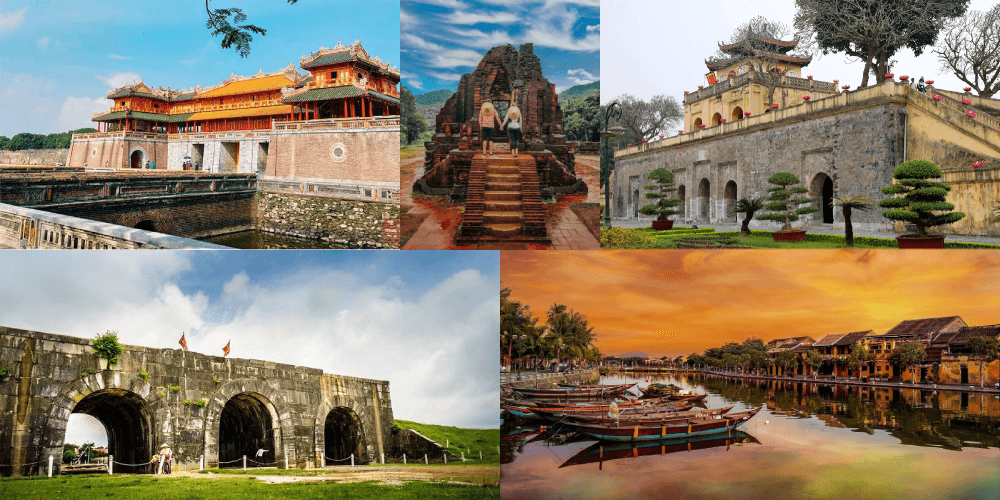

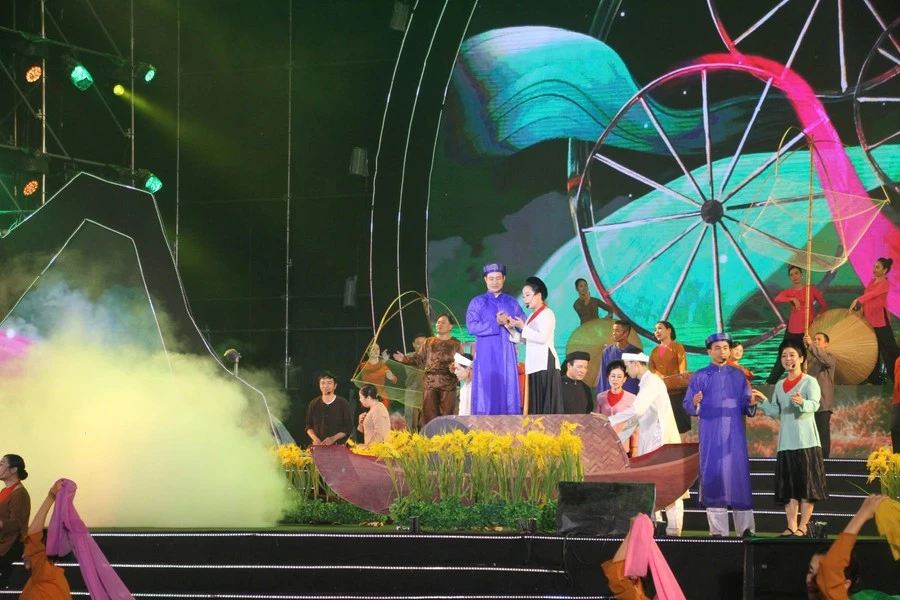

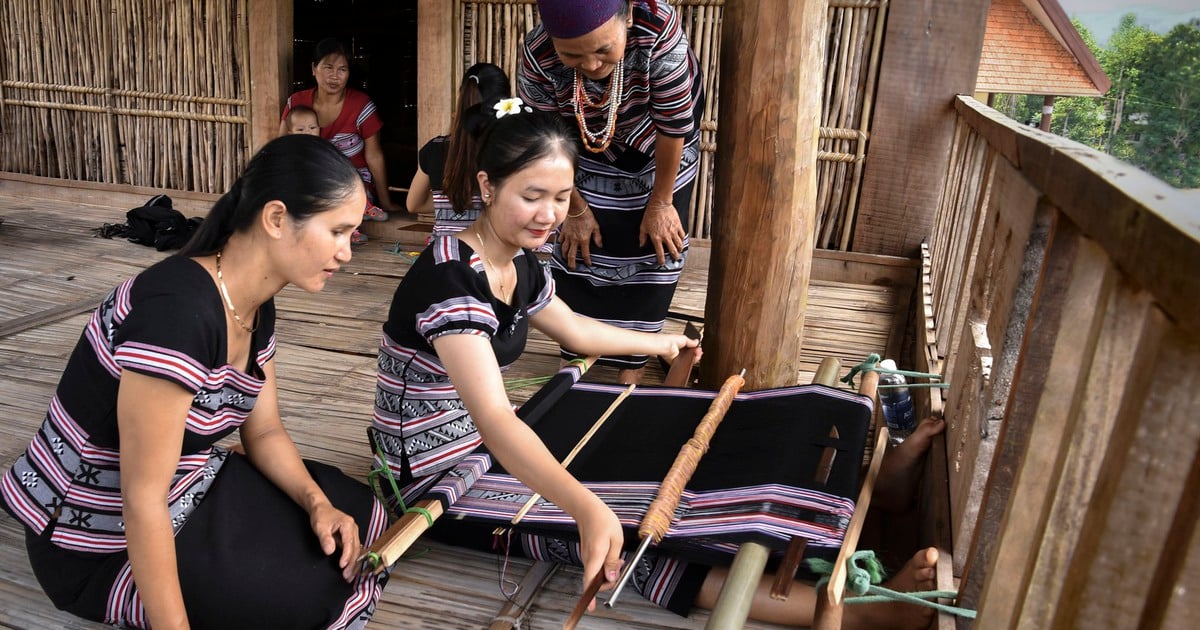

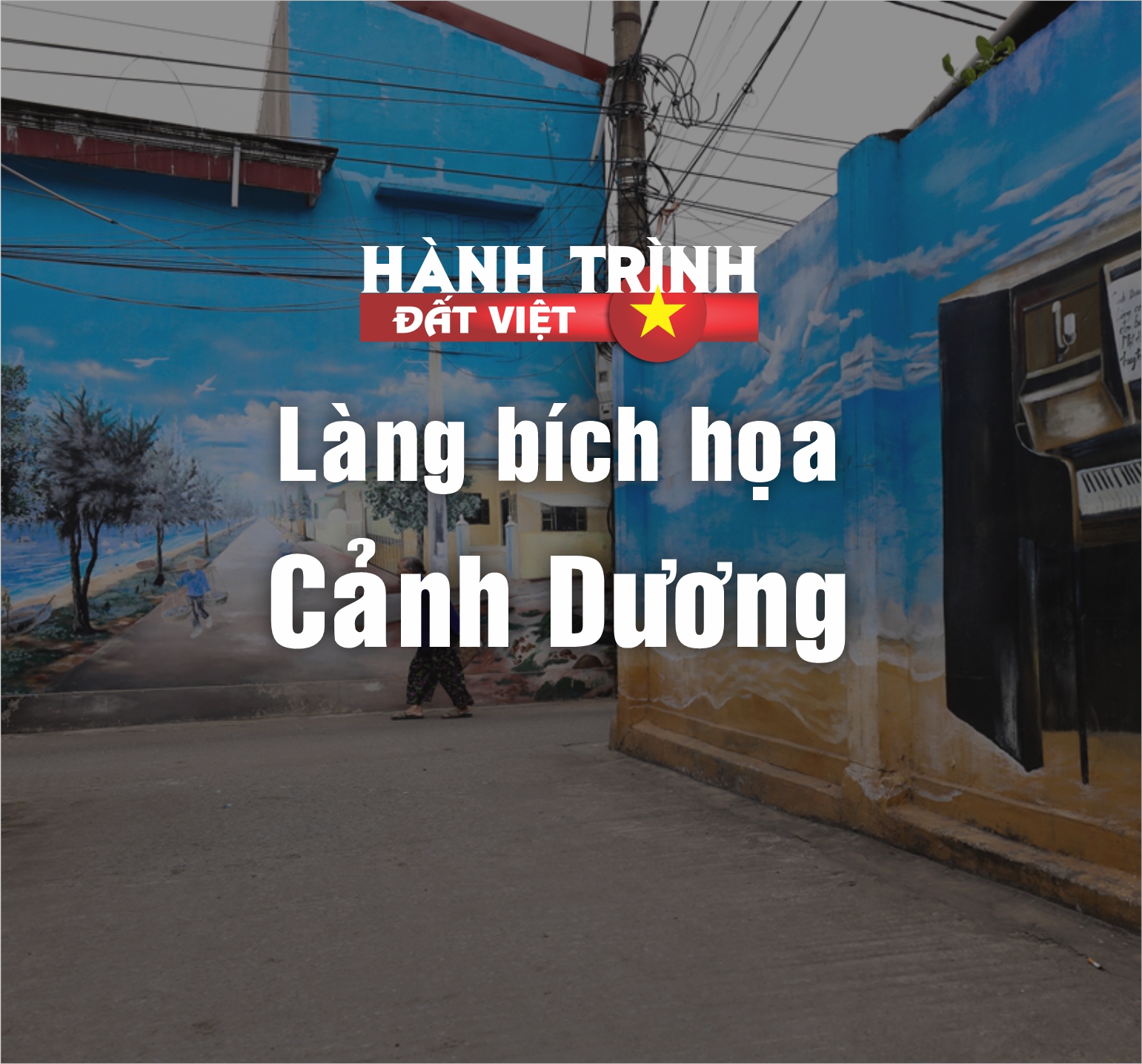

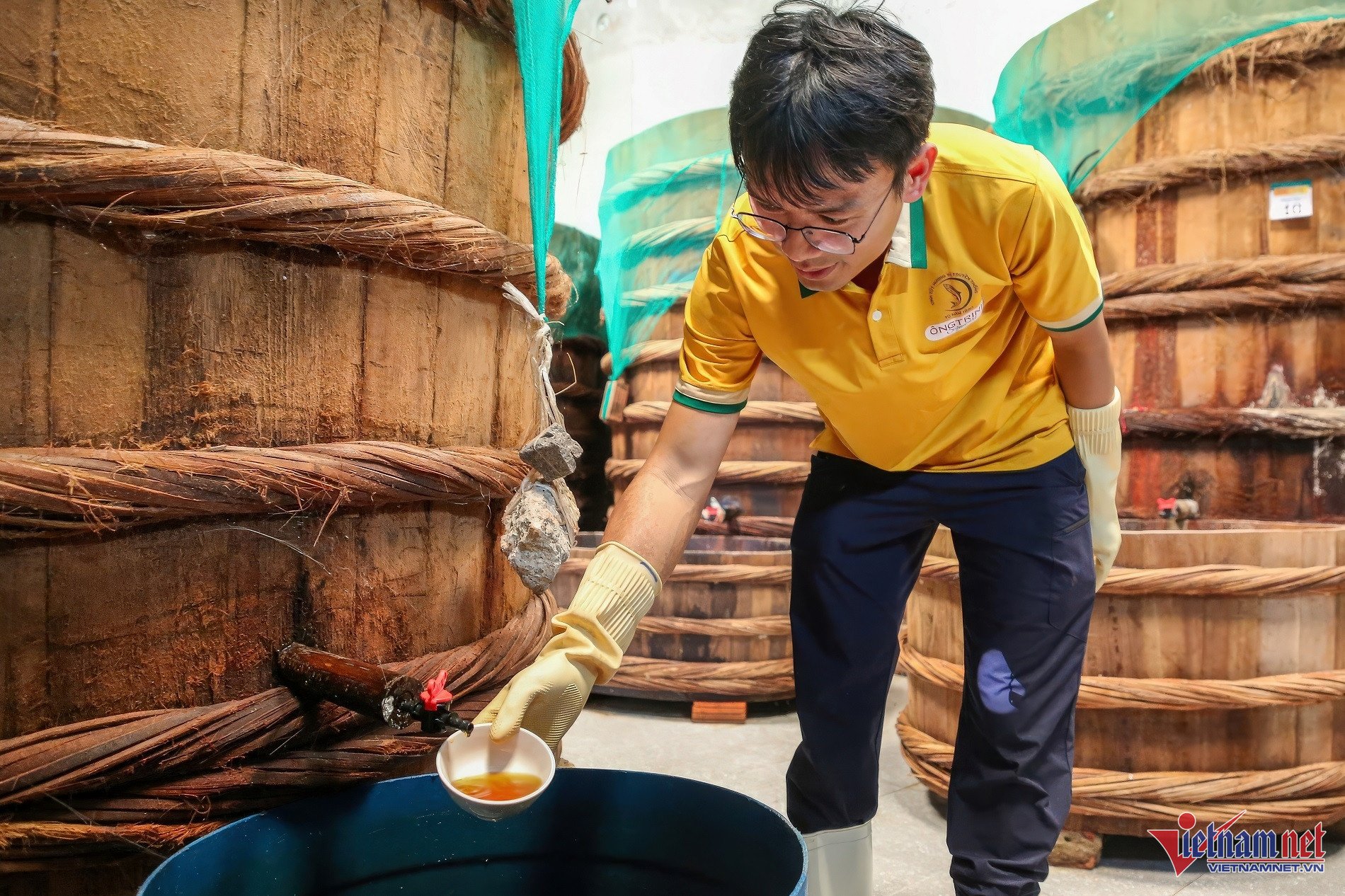

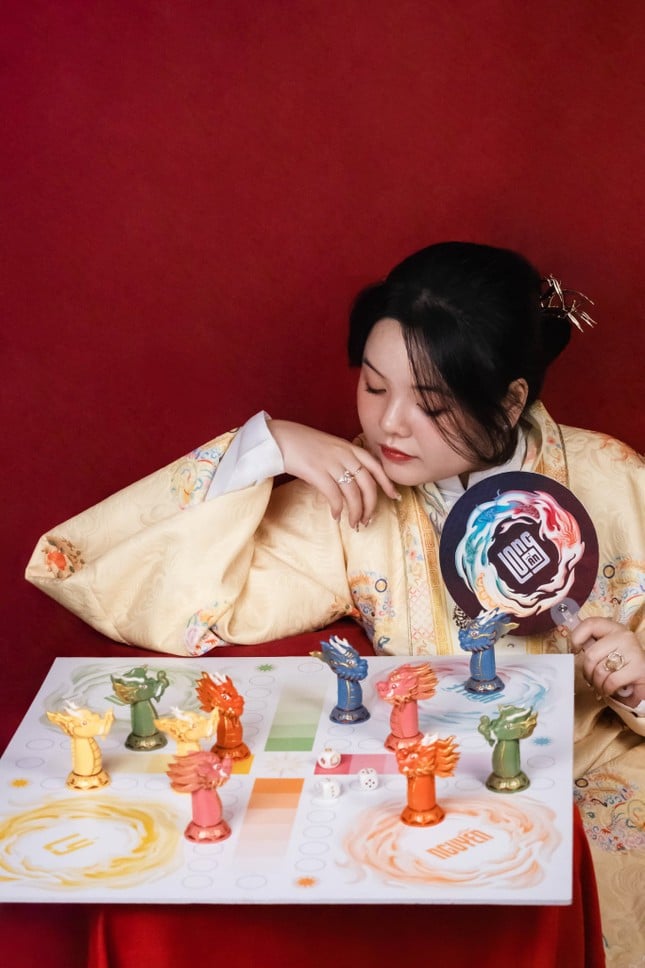





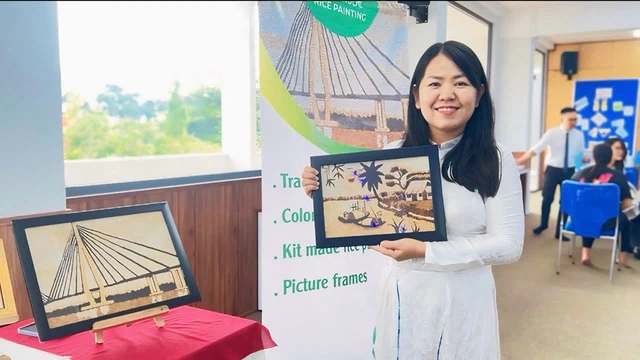
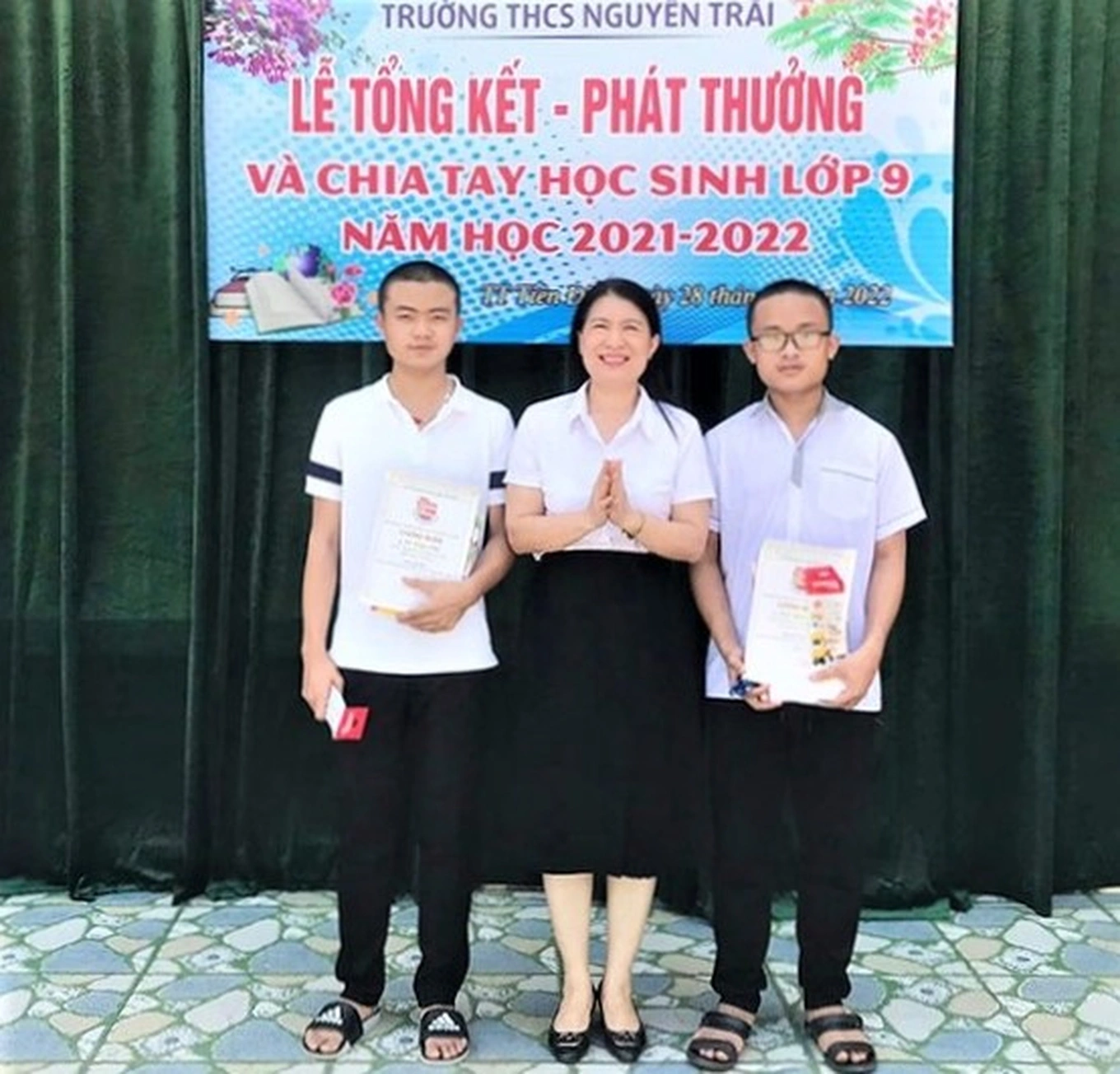

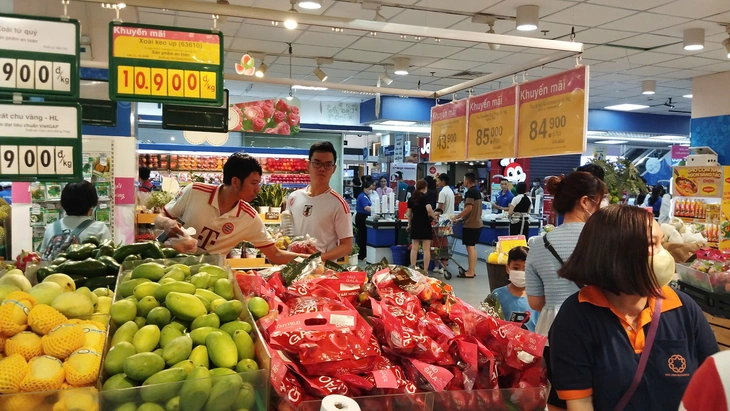
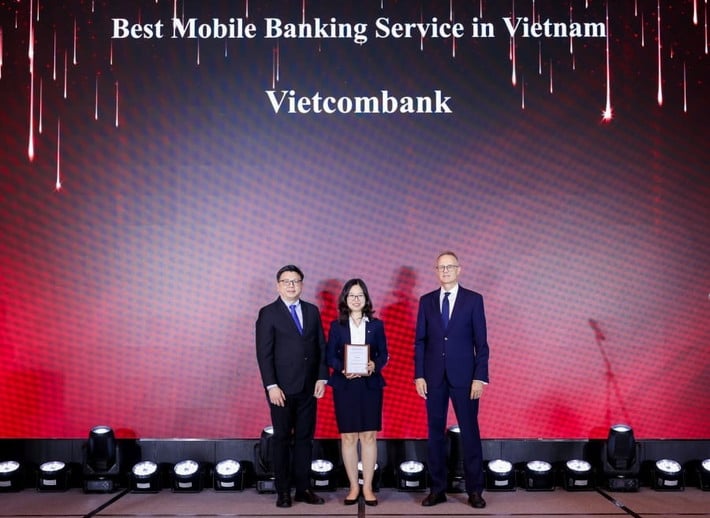

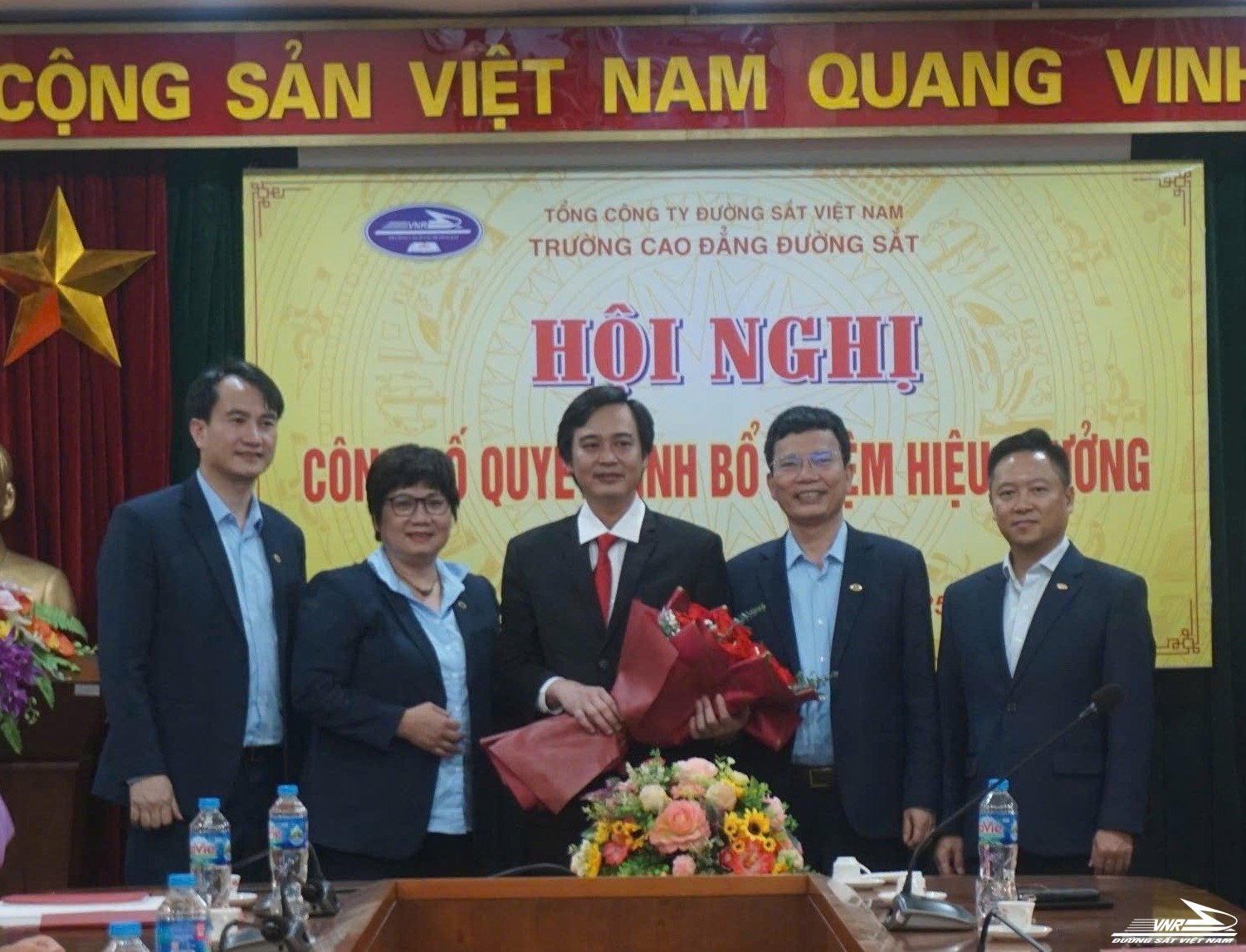

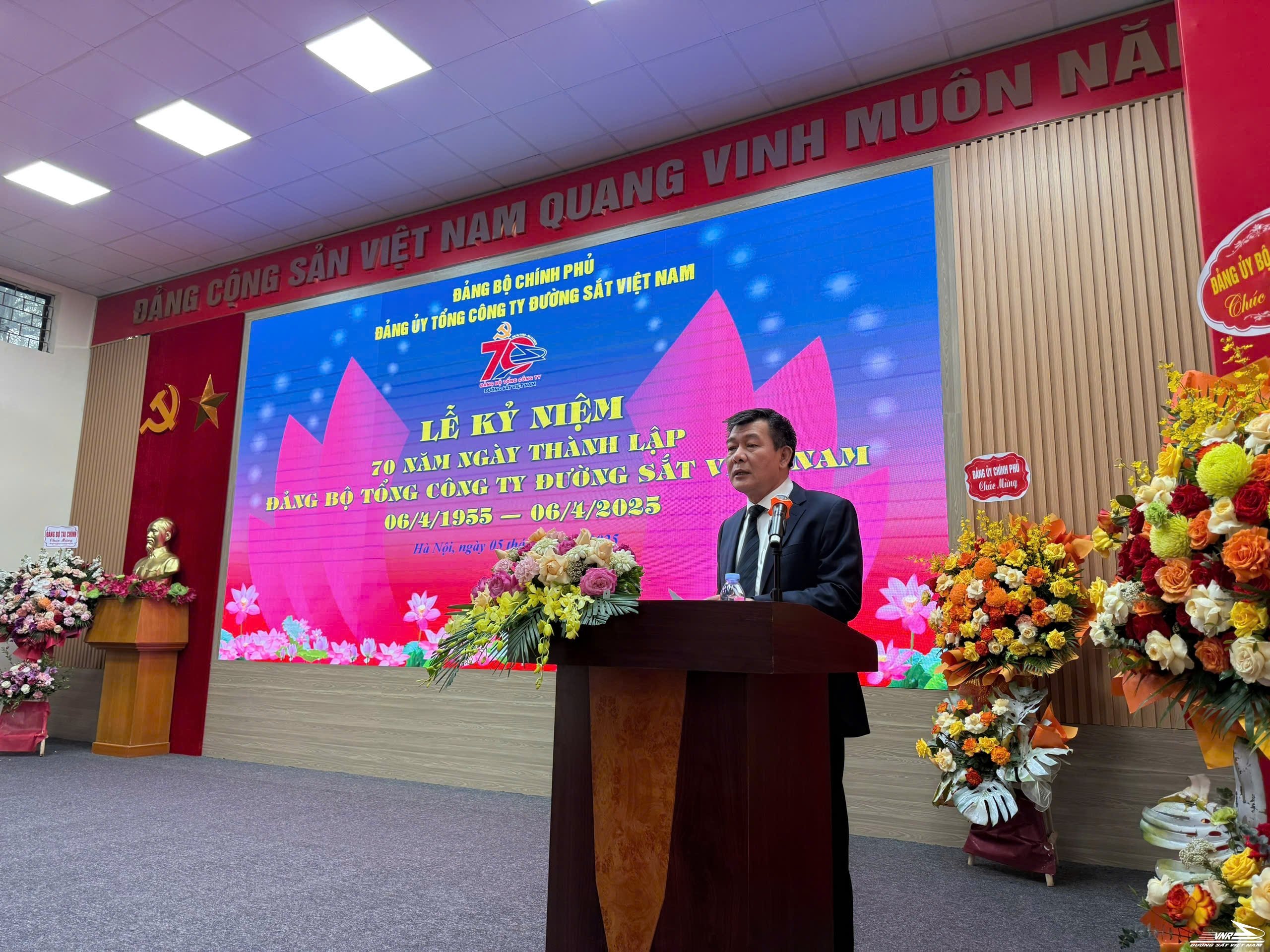


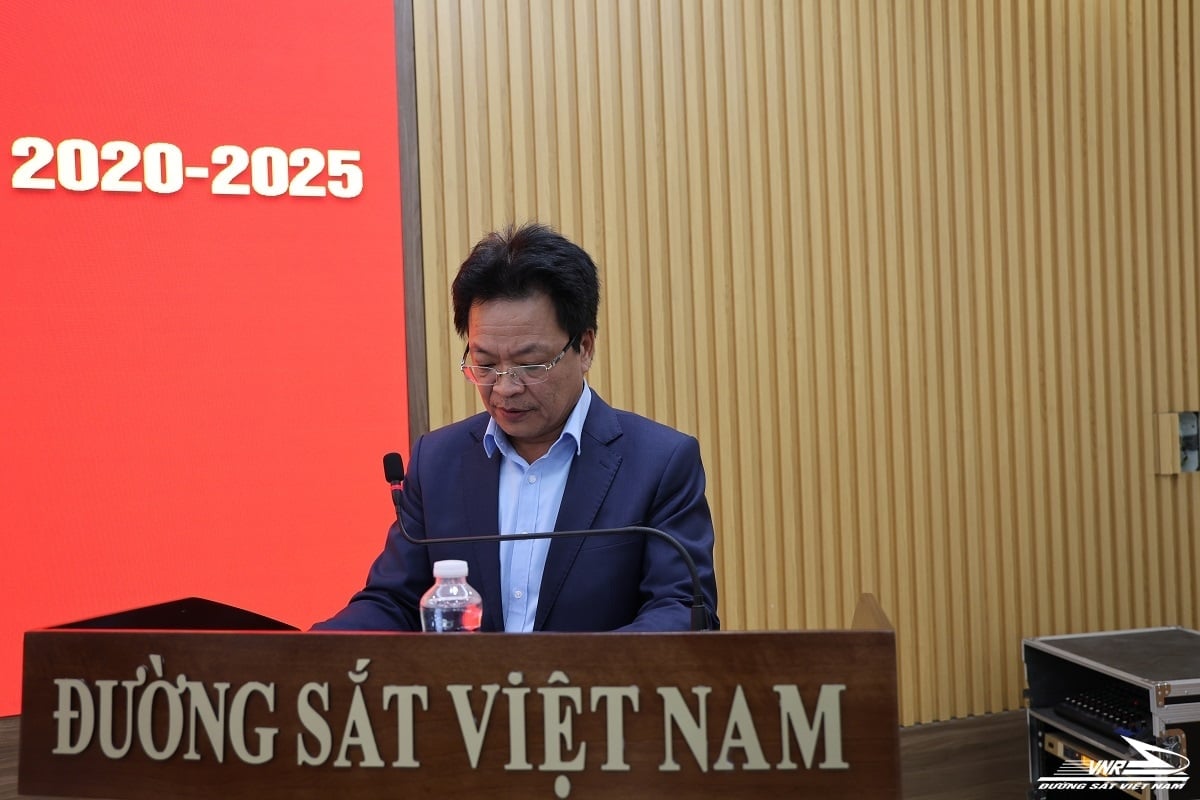
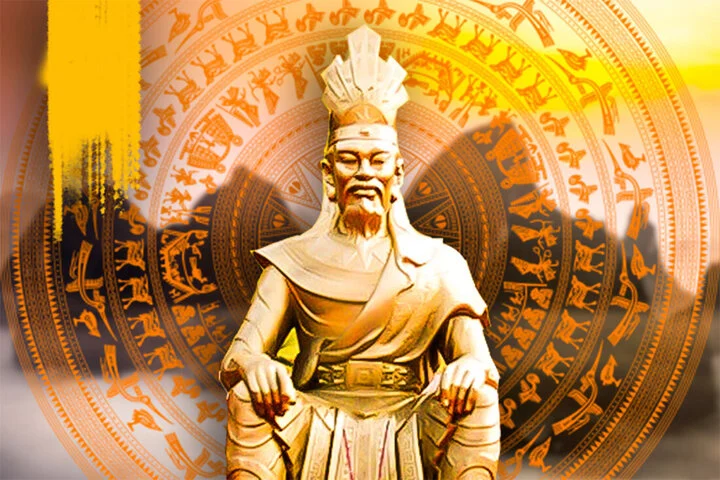









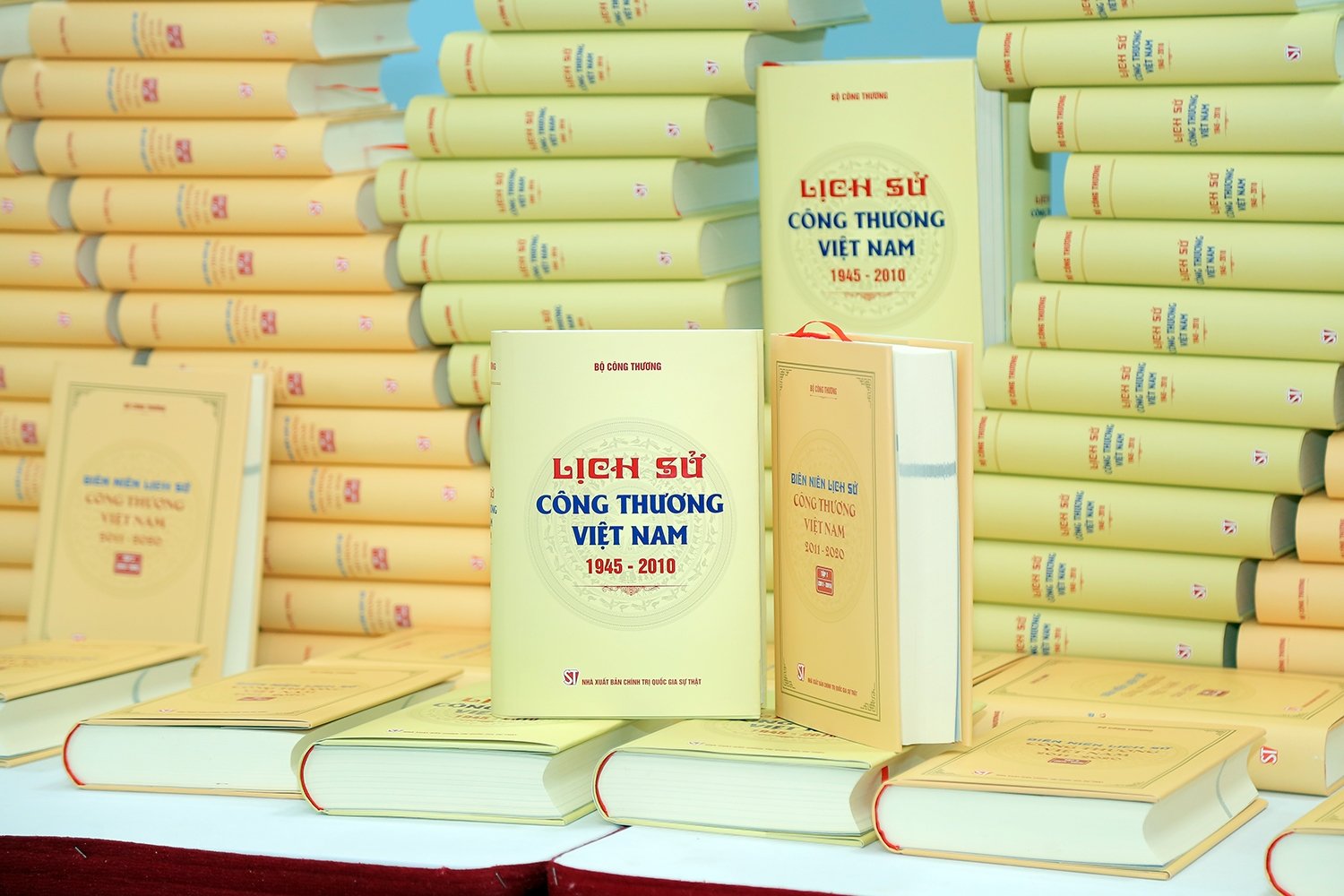



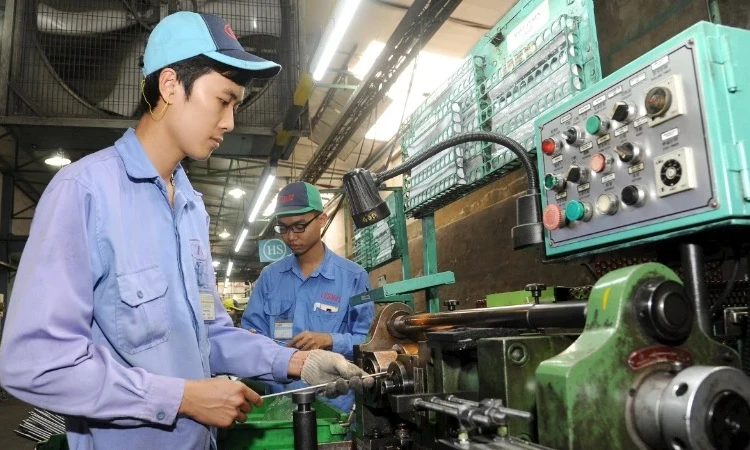
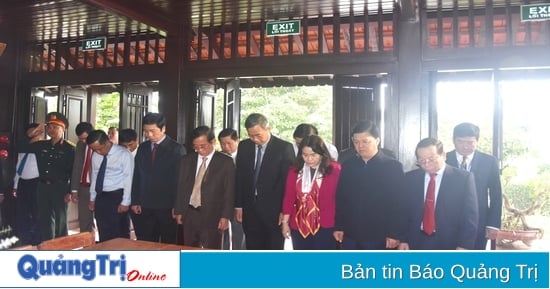

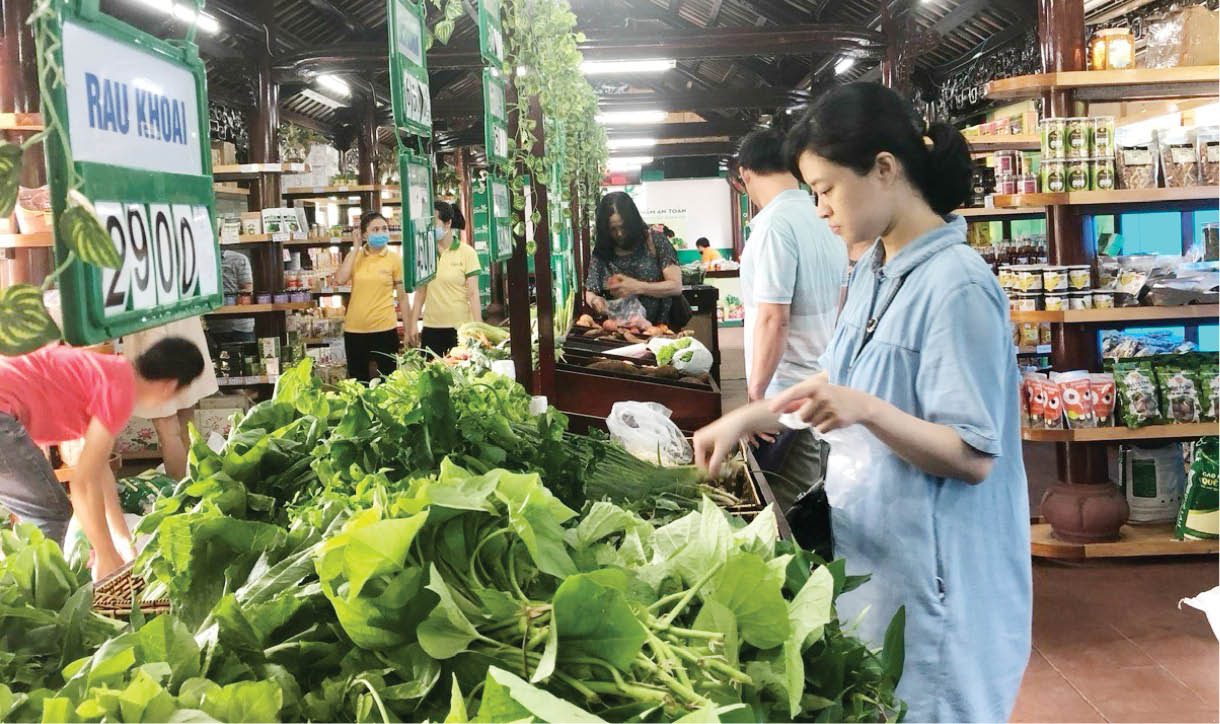

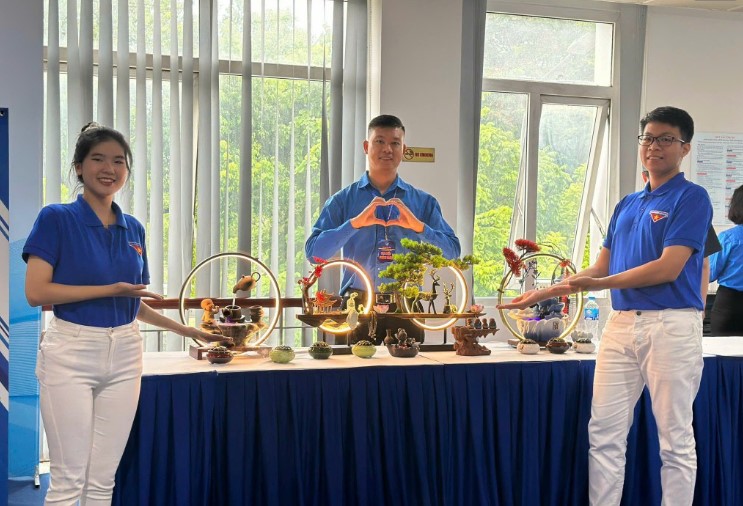
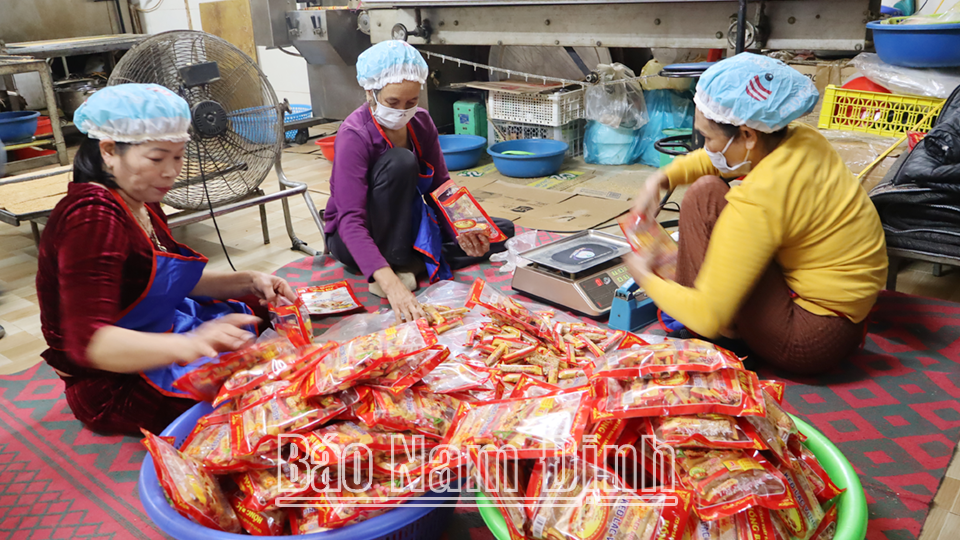

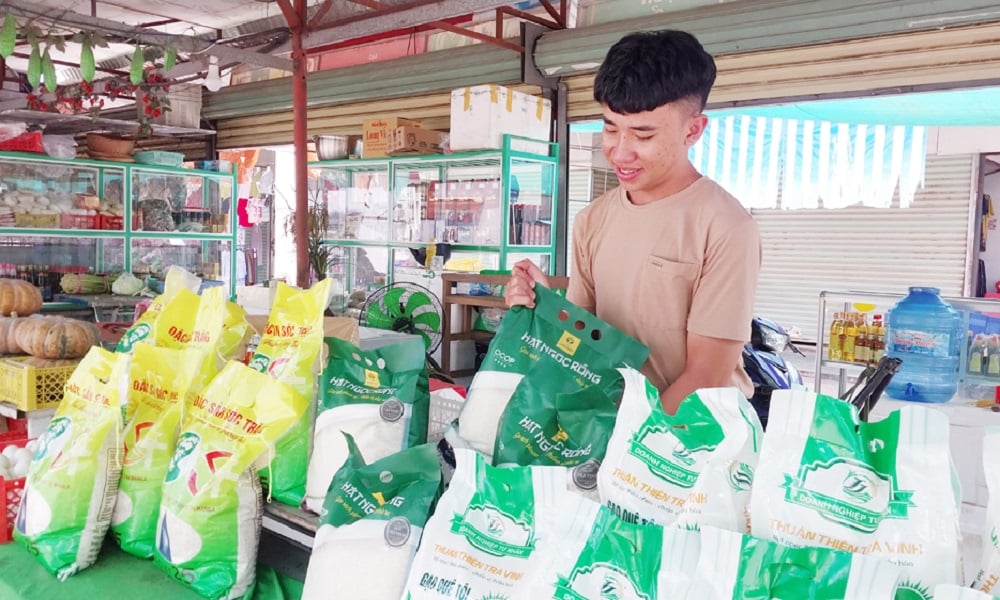
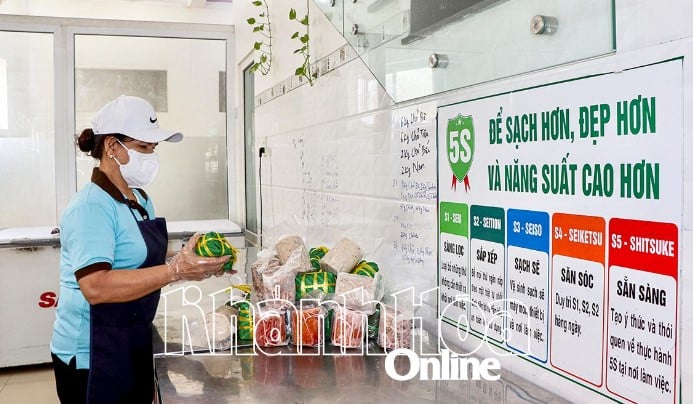

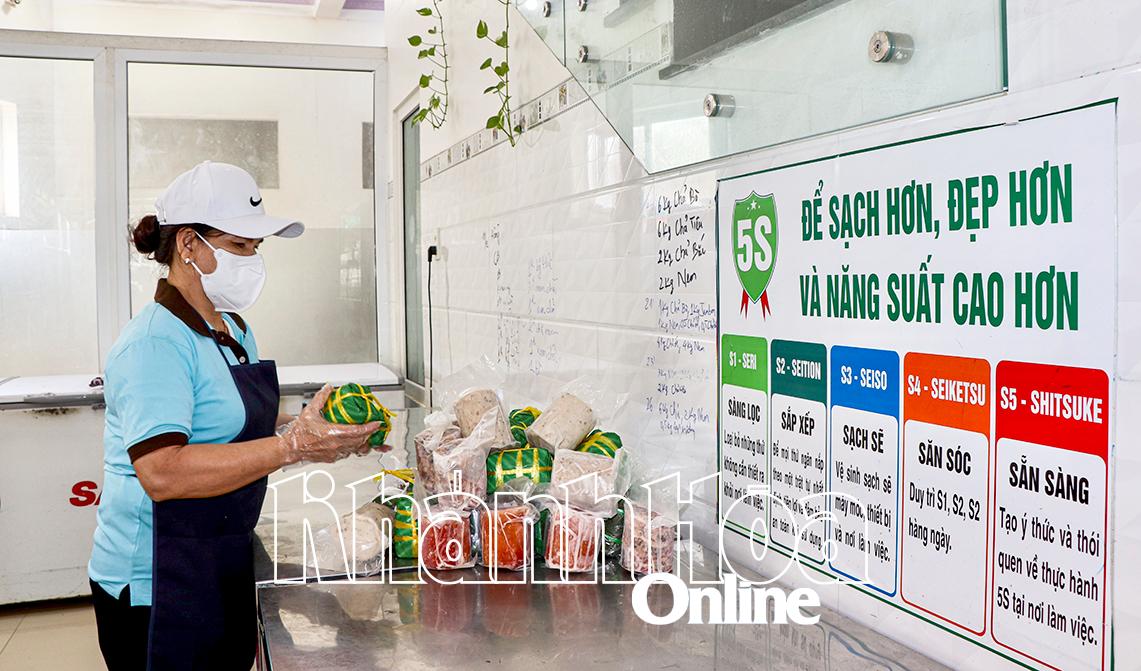
Comment (0)